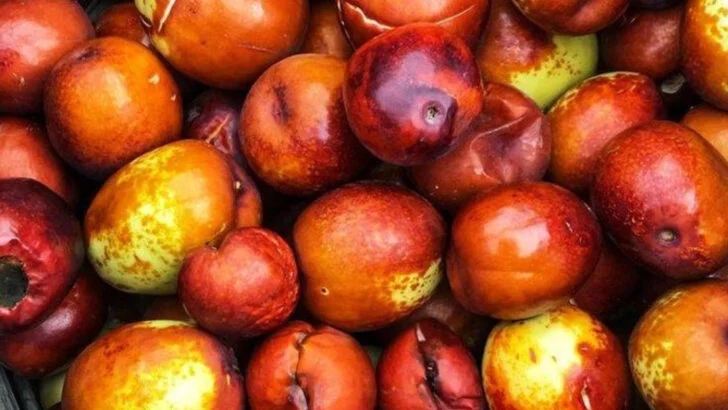Once upon a time, the average American backyard wasn’t just a patch of grass or a place for patio furniture—it was a mini orchard. From coast to coast, families grew an impressive variety of fruits that today are barely known, let alone cultivated. These weren’t exotic imports or luxury items; they were staples of everyday life, harvested fresh and preserved to last through winter.
What changed? Industrial farming, supermarket convenience, and the rise of a few commercial fruit varieties pushed these regional, heirloom, and wild-hybrid fruits into obscurity. Many were deemed too “ugly,” too “fragile,” or simply not profitable enough to mass-produce. Yet these forgotten fruits once filled pies, flavored preserves, and offered nutritional diversity that’s now rare in modern diets.
If you’ve ever felt that today’s fruit aisle lacks flavor, soul, or history, it’s time to rediscover the 17 fruits Americans once cherished—and still can. They’re more than just delicious—they’re cultural relics, resilient growers, and pollinator magnets just waiting to make a comeback in your own backyard.
Medlar
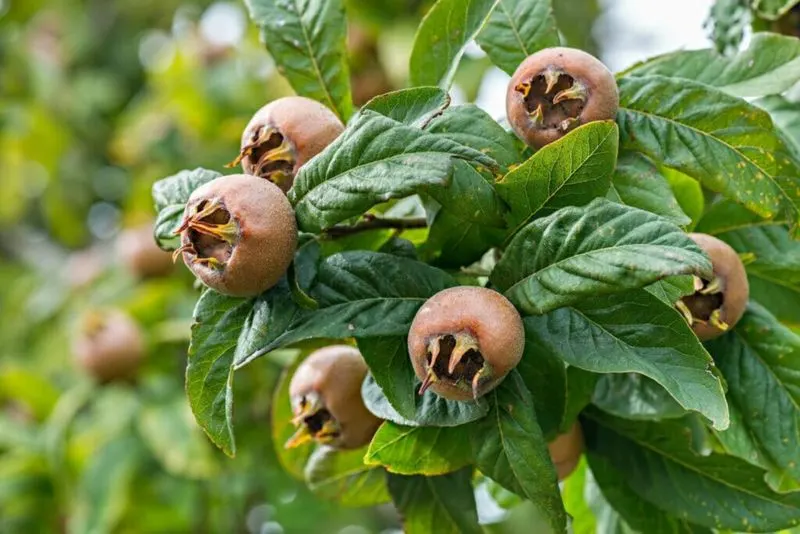
Ever heard of a fruit that tastes best when nearly rotten? Medlar is that quirky character in the fruit world. Often described as tasting like spiced applesauce, its flavor peaks after bletting—a process of softening and sweetening that occurs post-harvest. Medlar trees are as captivating as their fruits, with twisted branches that add artistic flair to gardens. During the Middle Ages, they were a regular sight in European orchards and later became a beloved addition to American backyards, admired not just for their unique taste but also their ornamental value.
Serviceberry
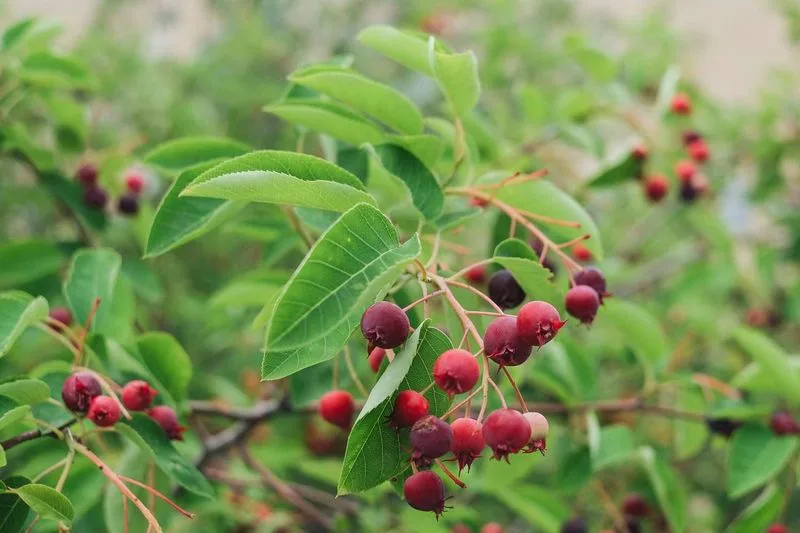
Spring heralds the arrival of delicate white blooms on the serviceberry tree, soon followed by berries that transition from red to deep purple. These sweet fruits, resembling blueberries, were once a common sight in American gardens. Besides offering edible delights, serviceberries serve as a feast for the eyes with their seasonal transformations. Native to North America, they’ve been cherished by indigenous peoples for centuries. Although they have fallen out of favor, their legacy lives on in the stories of those who once relied on them as a vital food source.
Elderberry
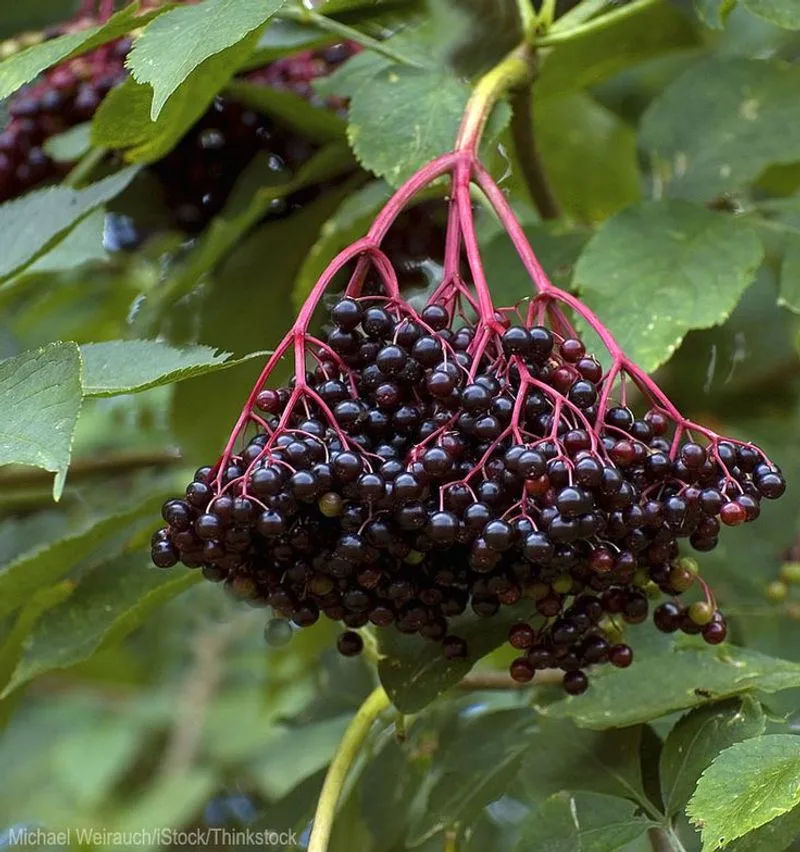
Elderberries might remind you of folklore and homemade remedies. These small, dark berries grow in clusters and were once a familiar sight in rural backyards. Known for their immune-boosting properties, they were traditionally brewed into syrups and wines. Their tartness adds a unique twist to jams and jellies, while their flowers are also edible, often used in teas. Today, elderberries are more common in health stores than gardens, but their impact on home gardens—and medicine cabinets—remains undeniable.
Quince
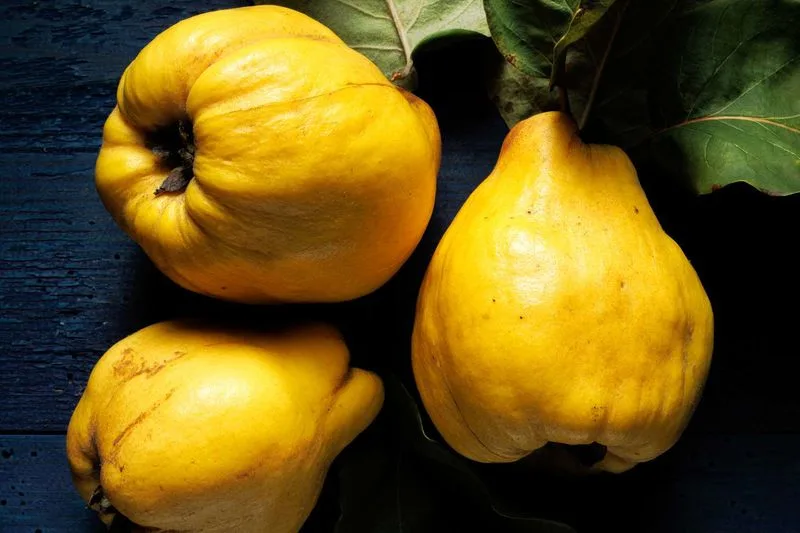
With a fragrance that rivals the most aromatic perfumes, quinces are truly garden treasures. Although too hard and sour to eat raw, they transform wonderfully when cooked, releasing their true potential in pies, jellies, and pastes. Once a staple in American gardens, their culinary versatility made them a prized possession for home cooks. Despite their decline in popularity, their legacy lingers in gourmet recipes and old cookbooks. Quinces invite nostalgia and a return to a time when patience turned them into something extraordinary.
Mulberry
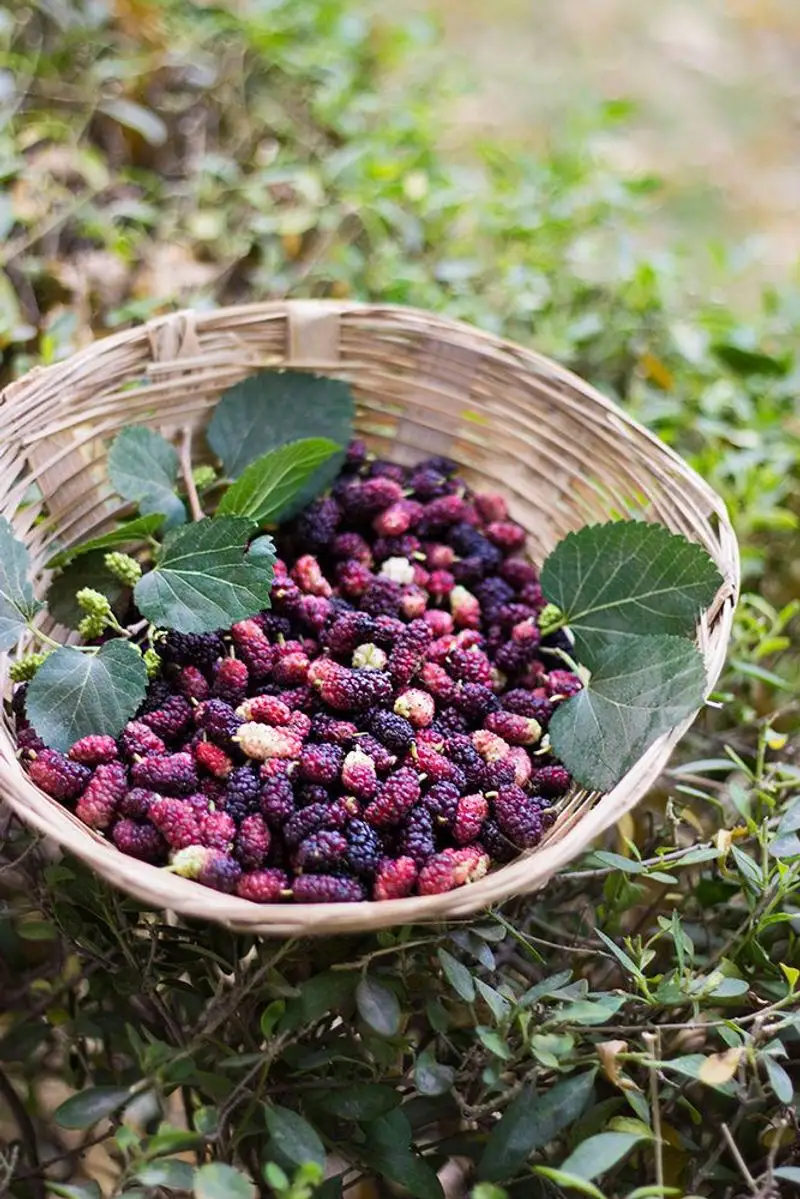
Mulberries evoke childhood memories of sticky fingers and sweet indulgence. These berries were once a beloved treat for children and adults alike, often eaten fresh or turned into pies and wines. Mulberry trees are hardy, adaptable, and grow in a variety of climates, making them once widespread in American gardens. Not only do they provide delicious fruits, but their leaves are also the sole food source for silkworms. The simplicity and abundance of mulberries made them a backyard staple, offering both sustenance and sweetness.
Pawpaw
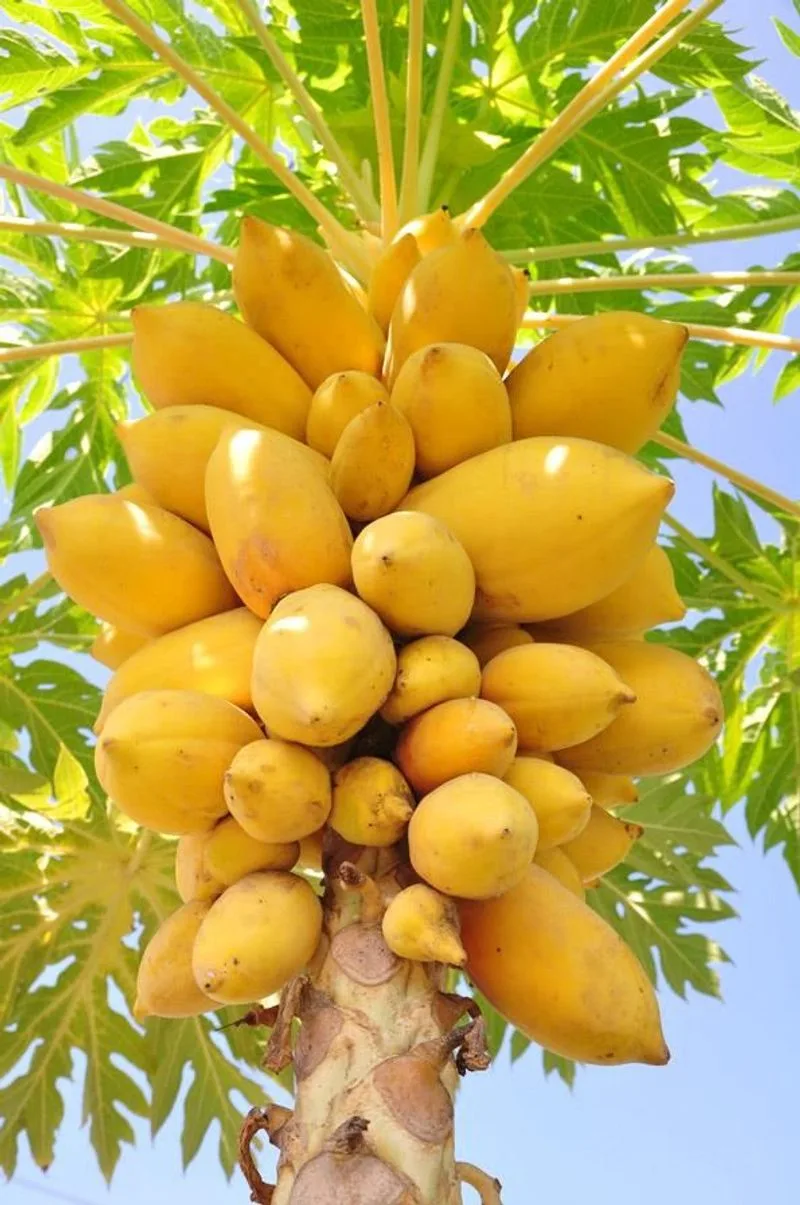
The pawpaw, often dubbed the ‘poor man’s banana,’ offers a tropical taste amidst temperate climates. Its custard-like texture and sweet flavor profile, reminiscent of bananas and mangoes, captivated many who grew them. Native to North America, pawpaws were once commonly cultivated by settlers and indigenous peoples alike. Although not as prevalent today, they spark curiosity with their unusual taste and potential as a nutritious snack. Rediscovering the pawpaw means embracing a piece of American horticultural history.
Gooseberry
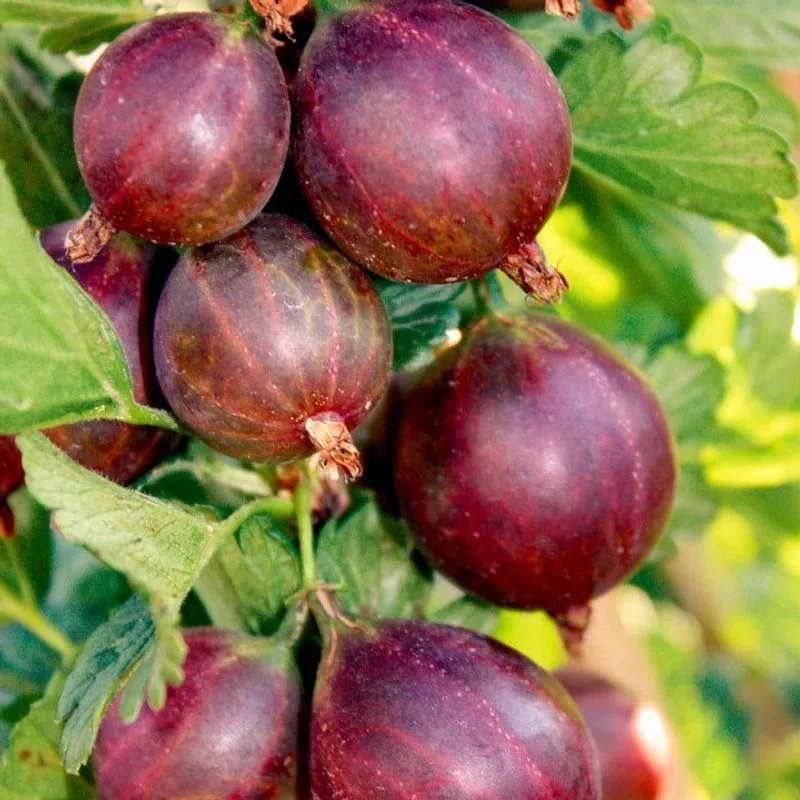
Tart and tangy, gooseberries once flourished in American gardens, delighting those with a penchant for puckering flavors. These small, round fruits, ranging from green to red, create a versatile ingredient, perfect for pies, jams, and jellies. Gooseberry bushes are hardy and resilient, thriving in different climates and adding a touch of charm with their delicate foliage. Although less common now, they remain a cherished fruit in European cuisines and a nostalgic memory for many American gardeners.
Currant
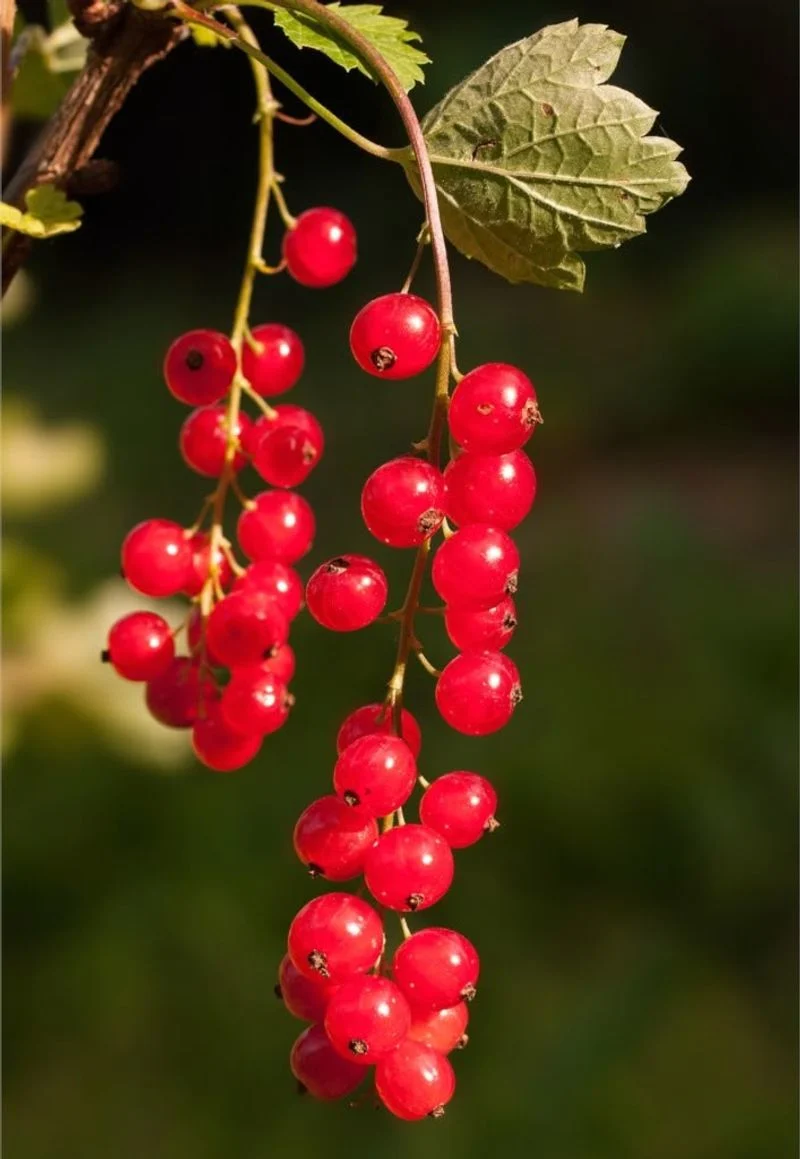
Once banned in the U.S. due to disease concerns, currants have a storied past. These small berries, ranging from red to black, are packed with tartness and flavor, often used in jams, jellies, and baked goods. Currant bushes once adorned many backyards, cherished for their versatility and high vitamin content. Although the ban has been lifted, currants are yet to return to their former glory. Rediscovering them means embracing a fruit that was once considered a staple in every garden.
Crabapple
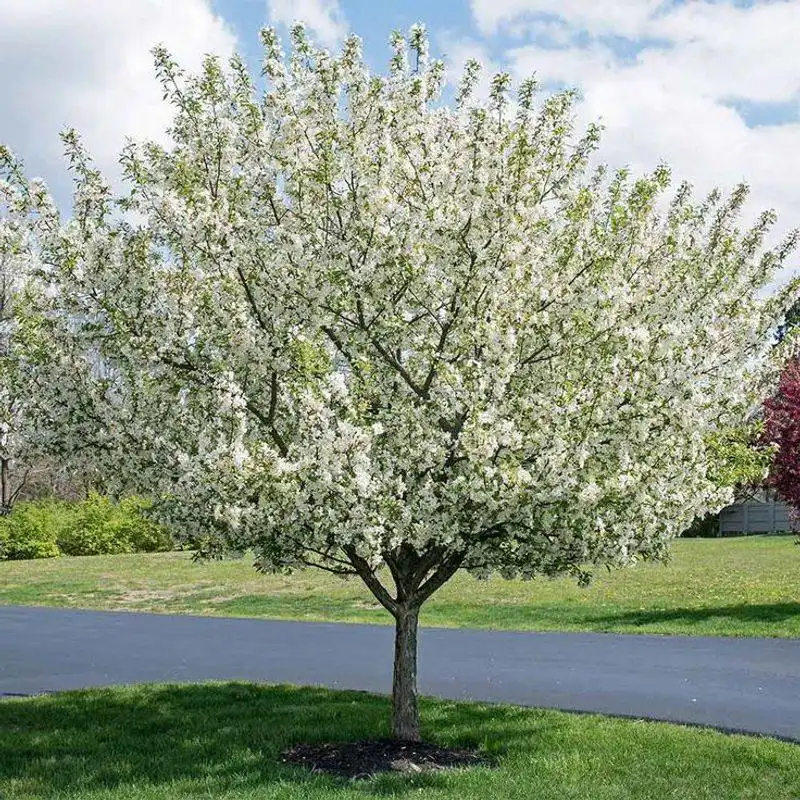
Crabapples, though often overlooked, are the unsung heroes of many backyards. With their vibrant colors and tart taste, they serve as both ornamental and edible fruits. These tiny apples were once commonly used for jellies and ciders, adding a burst of flavor and color. Apart from their culinary uses, crabapple trees are appreciated for their beautiful blossoms in spring and striking foliage in autumn. They remain a symbol of resilience and beauty, even as their popularity has waned.
Mayhaw
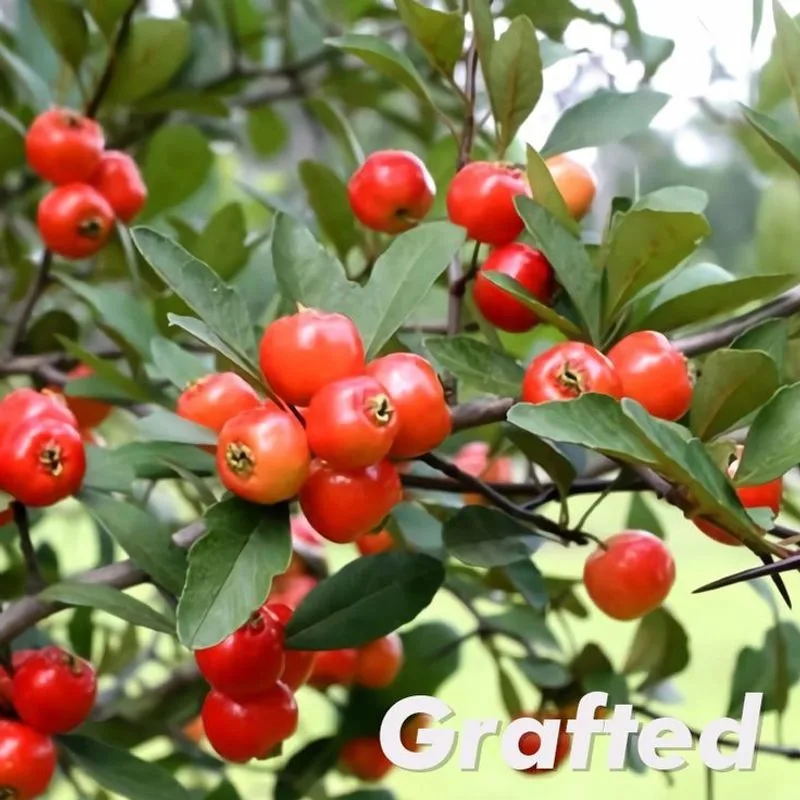
Deep in the Southern swamps, the mayhaw tree produces a fruit that’s small but mighty in flavor. These berries, resembling cranberries, are traditionally made into jellies and syrups, a staple in Southern kitchens. The mayhaw’s distinctive taste and cultural significance make it a cherished fruit, though not as widespread as it once was. Its resilience in wet conditions and unique flavor profile make it a hidden gem among forgotten fruits. Embracing the mayhaw means savoring a taste of Southern heritage.
Loquat

Loquats, with their sunny disposition and sweet flavor, once brought a touch of the exotic to American gardens. These small, orange fruits are juicy and fragrant, offering a delightful treat straight from the tree or in desserts. Native to Asia, loquats thrived in the warmer climates of the U.S., particularly in California and the South. Their sweet-tart taste and ornamental appeal made them a beloved garden addition. Although less common now, loquats still hold a special place in the hearts of those who tasted them.
Jujube
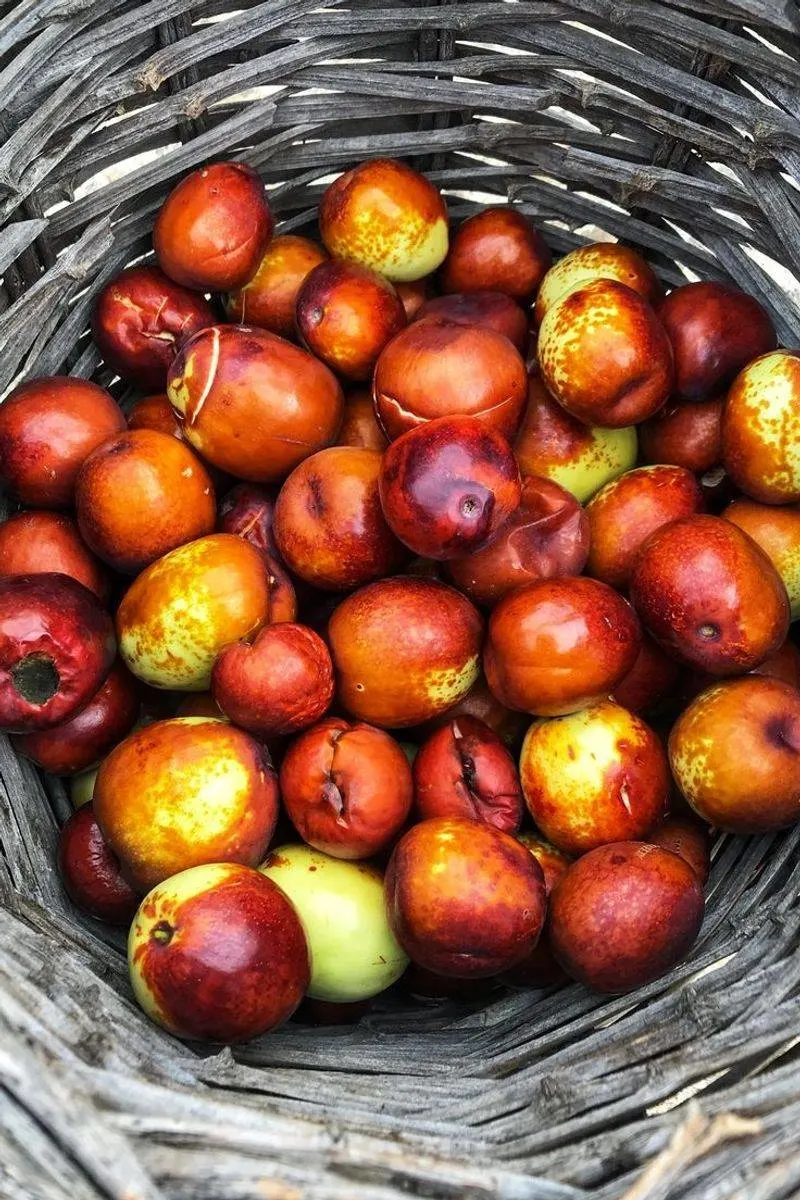
The jujube, often referred to as the “Chinese date,” is a fruit of intriguing versatility. With a taste that evolves from crisp apple to chewy date as it dries, it was once a curious addition to American gardens. Jujubes are hardy trees, thriving in dry, sunny environments, and have been cultivated for thousands of years in Asia. Their unique flavor and resilience make them an interesting choice for gardeners, even as they remain less popular today. Discovering jujubes is like uncovering a flavorful secret.
Saskatoon Berry
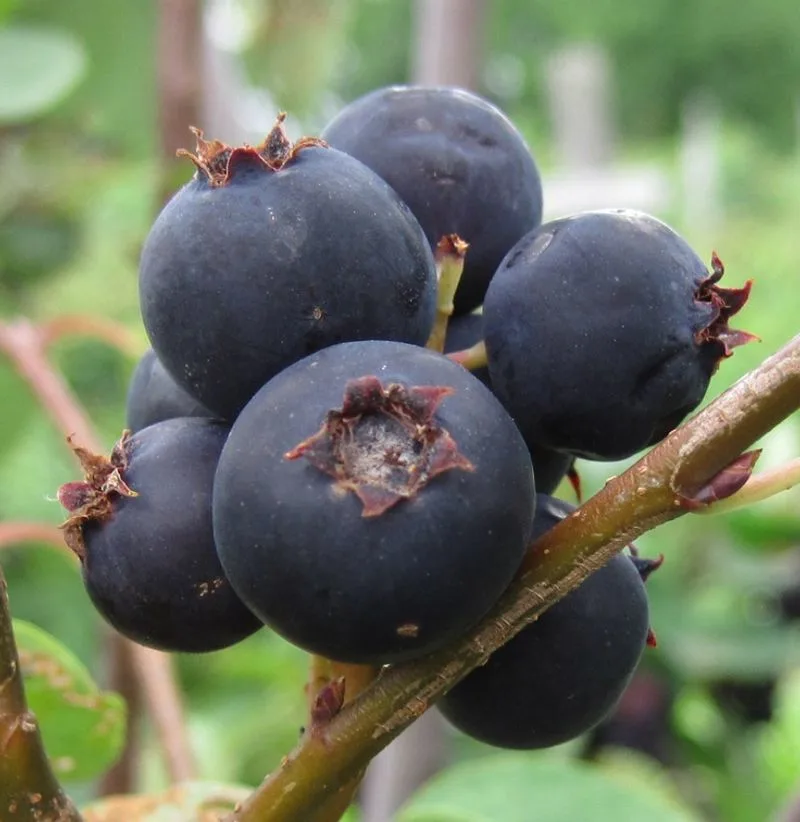
Saskatoon berries, with their rich, sweet taste, were a staple for many indigenous peoples and early settlers in North America. Resembling blueberries, these berries grow on hardy bushes that can withstand harsh prairie climates. Once a common sight, they were used in various dishes, from pies to pemmican. The Saskatoon berry’s unique blend of sweetness and resilience makes it a fruit worth revisiting. As a symbol of prairie life, they hold a special place in the history of North American fruits.
Persimmon
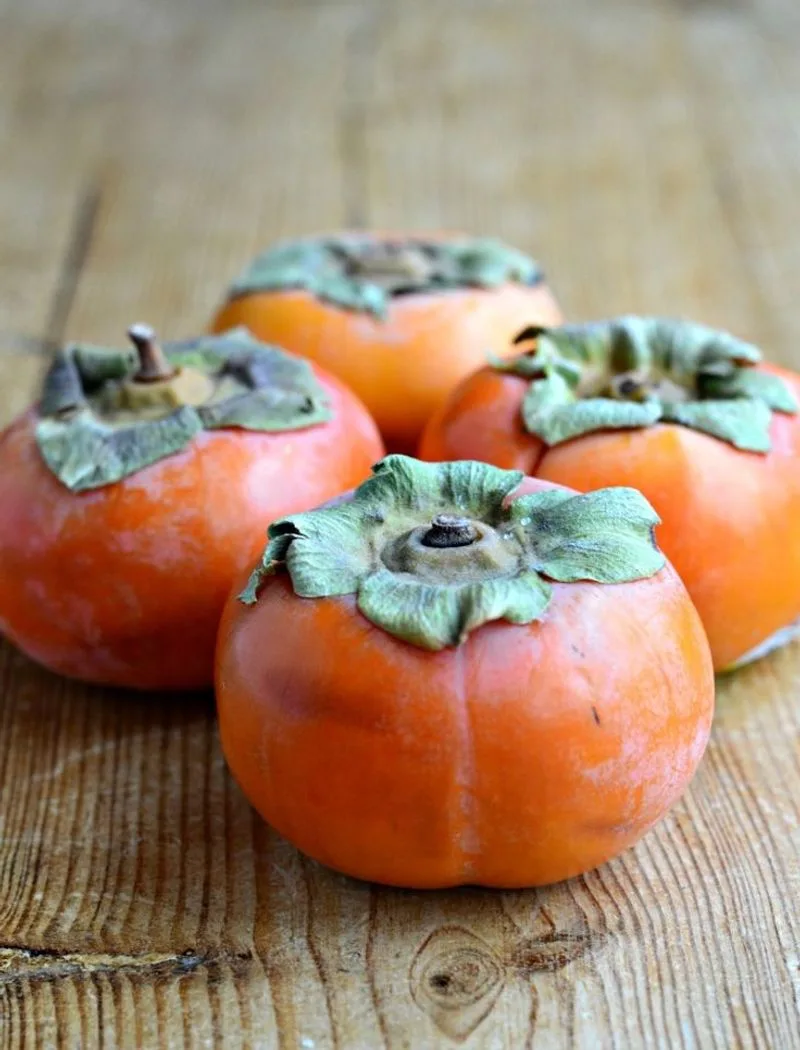
Persimmons, with their vibrant hue and autumnal charm, offer a taste of nostalgia. These fruits, whether the astringent variety or the non-astringent type, provide a sweet, honey-like flavor when fully ripe. Once a familiar sight in American gardens, persimmons were often dried or used in puddings and breads. Their striking appearance in fall and delightful taste make them a cherished, yet forgotten, fruit. Reviving persimmons in modern gardens can reconnect us with a flavorful past.
Ground Cherry

Ground cherries, wrapped in their papery husks, hold a sweet surprise within. These small, golden fruits are reminiscent of tomatoes and pineapples, offering a unique flavor combination. Once a staple in many backyard gardens, they were enjoyed fresh, in pies, or as preserves. Their low-growing nature and resilience made them a favorite among gardeners. Although they have become rare, ground cherries remain a delightful reminder of the diverse bounty that once flourished in American gardens.

